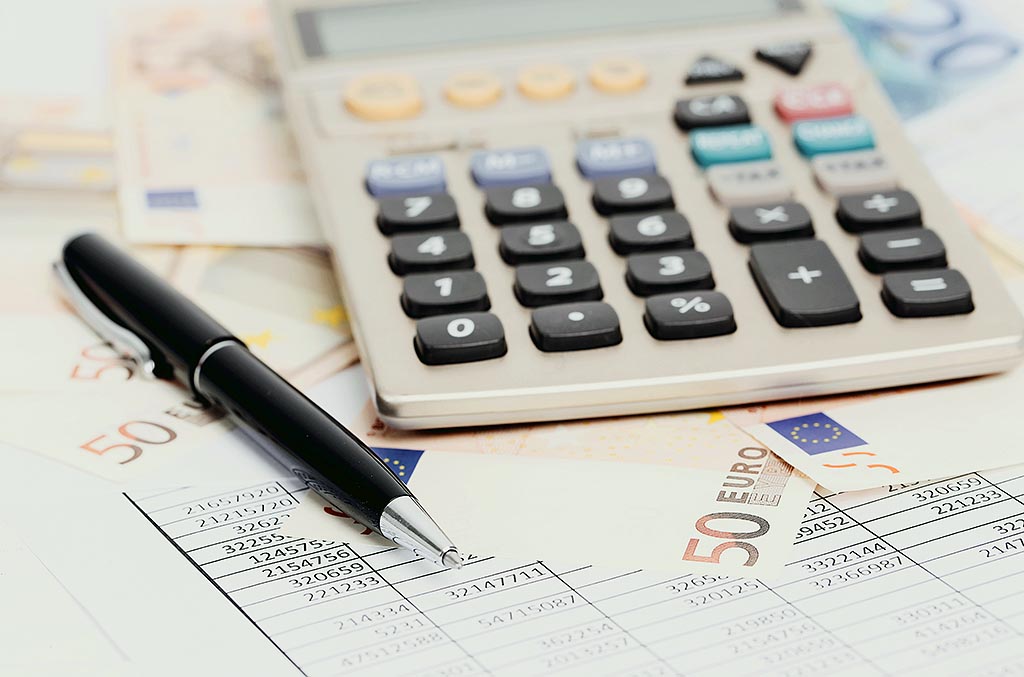According to the first annual estimate of the Statistical Office of the Republic of Slovenia, Slovenia’s GDP grew by 2.5% in real terms last year, while the previous estimate, which was based on aggregating quarterly data, was 5.4%. Last year’s growth was thus significantly lower than the initial estimates, and also much slower than the post-corona-crisis growth of 8.2% in 2021. Slovenia is doing much worse economically under the Golob government than it was under the previous, Janša government!
According to the regular revision of annual estimates, Slovenia’s GDP in 2022 was 57.038 billion euros. Compared to 2021, it was 9.1% higher in current prices, i.e., taking inflation into account, and 2.5% higher in real terms, i.e., excluding the impact of price increases. Output grew by 3.7% in real terms and intermediate consumption by 4.8%, the Statistical Office explained.
According to the statistics, the main contributors to the increase in GDP were professional, scientific, and technical activities (0.6 percentage points) and accommodation and food services (0.6 percentage points). In the case of the accommodation and food services sector, this was still a post-Covid-19 recovery effect, as it was only last year that the sector reached, or exceeded by 4%, its pre-Covid-19 level of value added.
Information and communication activities and construction each contributed 0.4 percentage points to GDP volume growth, while other diversified business activities added 0.3 percentage points and transport and storage added 0.2 percentage points. On the negative side, manufacturing had the largest impact on the change in GDP volume (-0.7 percentage points), followed by trade (-0.6 percentage points) and electricity, gas and steam supply (-0.2 percentage points). On the expenditure side of GDP, statisticians recorded a moderate increase in household final consumption (by 3.3%) last year, while the government’s final consumption declined by 0.5% in real terms. Inventories increased by 1.515 billion euros, contributing one percentage point to GDP volume growth. Gross fixed capital formation grew by 3.5% in real terms.
In foreign trade, imports of goods and services continued to grow more strongly in real terms (9.0%) than exports (7.2%), just like in the previous year, but the foreign trade balance remained positive at 1.29 billion euros. However, this was the lowest number in the last 10 years. The terms of trade deteriorated for the second year in a row but have already improved this year.
The number of employed people rose by 2.6% last year, while the number of those who are self-employed rose by 4.2%. Total employment rose by 2.9%. Average annual employment was estimated at 1.082 million persons, the highest in the entire time series of measurement of this statistic. Of these, 80.6 per cent were employed, and 19.4 per cent were self-employed. The original estimate of last year’s economic growth in February was made by combining quarterly data, but now the statisticians have also taken into account aggregated annual data obtained in the meantime. While this is the first annual growth estimate for last year, the next revision in a year’s time will be more comprehensive, according to Eurostat’s forecasts.
Demokracija


